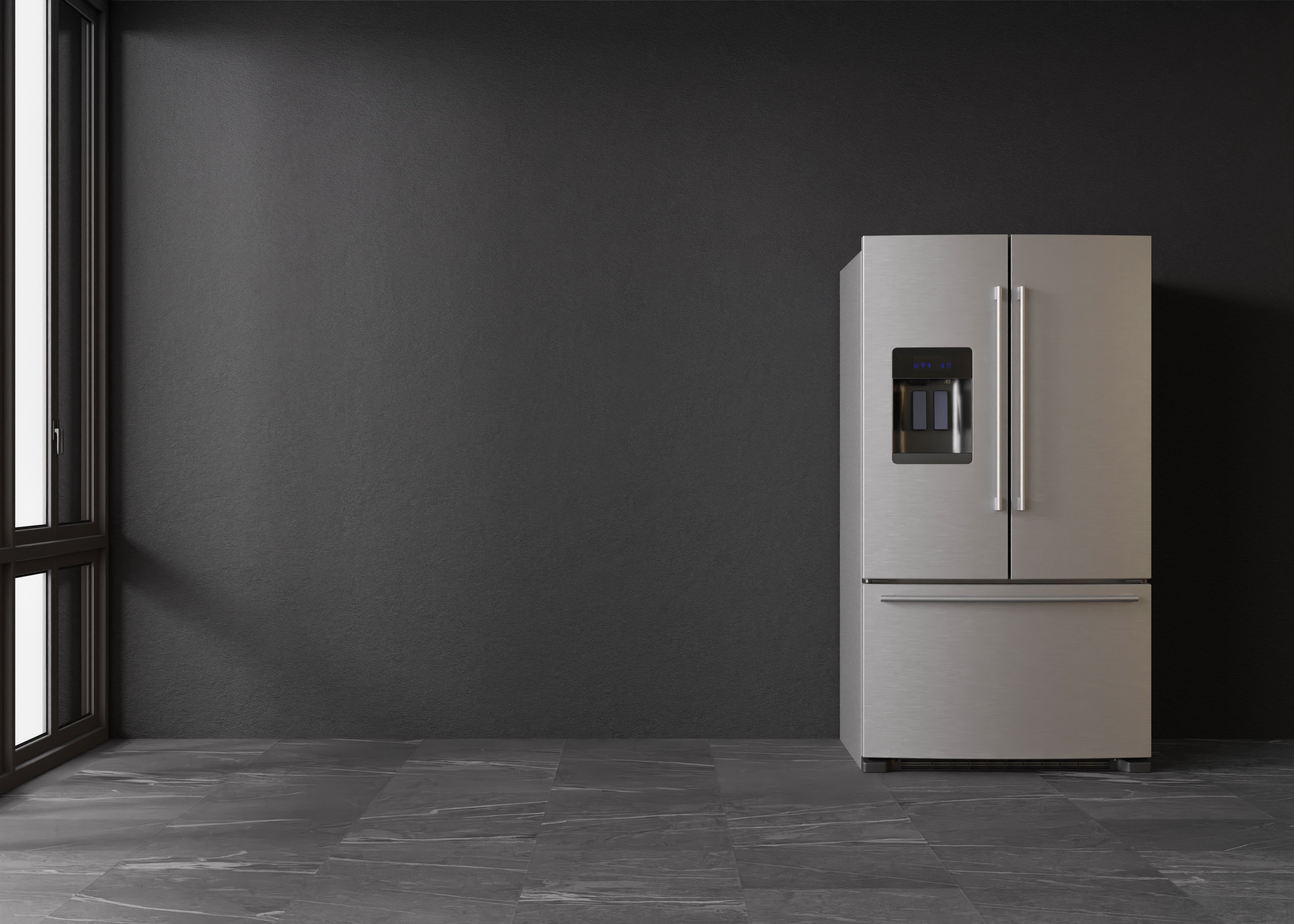5 Fridges And Freezers Instructions From The Professionals

Understanding Fridges and Freezers: The Essential Kitchen Appliances
Refrigerators and freezers are two of the most important appliances in modern kitchen areas. These devices serve a crucial function in food conservation and waste decrease by ensuring that perishable products remain fresh and safe for intake. Buy Fridge looks into the various types of fridges and freezers, their functionalities, and important considerations for selection and maintenance.
Types of Refrigerators
The market offers a variety of refrigerator types, each created to fulfill various consumer needs. Below is a list of the most typical types of fridges:
Top-Freezer Refrigerators
- Most typical type.
- Freezer compartment is located above the refrigerator section.
- Usually more affordable and energy-efficient.
Bottom-Freezer Refrigerators
- Freezer lies at the bottom.
- Permits easier access to fresh products at eye level.
- Frequently features pull-out drawers for better organization.
Side-by-Side Refrigerators
- Refrigerator and freezer areas are adjacent.
- Ideal for narrow cooking areas and permits easy access to both compartments.
- Often includes water and ice dispensers.
French Door Refrigerators
- Integrates a bottom freezer with double doors at the top.
- Offers sufficient storage and trendy designs.
- Typically consists of features like temperature-controlled drawers.
Compact Refrigerators
- Smaller sized size ideal for minimal areas.
- Commonly used in dormitory, studio apartments, or as secondary fridges.
Table 1: Comparison of Refrigerator Types
| Type | Advantages | Drawbacks | Normal Size |
|---|---|---|---|
| Top-Freezer | Budget friendly, energy-efficient | Less convenient access to the freezer | 14-30 cu. ft. |
| Bottom-Freezer | Simpler access to fresh food | Freezer can be more difficult to arrange | 19-30 cu. ft. |
| Side-by-Side | Easy gain access to, water/ice dispenser | Narrow vs. storage area | 22-30 cu. ft. |
| French Door | Trendy, spacious, organized | More expensive | 20-30+ cu. ft. |
| Compact | Space-saving, portable | Minimal storage | 1.7-5.5 cu. ft. |
Types of Freezers
Freezers are a similarly important home appliance for food conservation. They can be found in various designs designed to fit various family requirements. Think about the following types:
Upright Freezers
- Operate like a basic refrigerator with vertical storage.
- Much easier to organize with shelves and compartments.
Chest Freezers
- Big, horizontal style usually using more storage space.
- Maintains temperatures better during power blackouts.
- More energy-efficient than upright models.
Portable Freezers
- Compact systems ideal for outdoor activities or little spaces.
- Frequently utilized for camping journeys or as short-term storage.
Table 2: Comparison of Freezer Types
| Type | Advantages | Drawbacks | Typical Size |
|---|---|---|---|
| Upright Freezer | Easier to organize | Less energy-efficient, more floor space | 5-20 cu. ft. |
| Chest Freezer | Holds more products, energy-efficient | Harder to organize | 5-25 cu. ft. |
| Portable Freezer | Compact and flexible | Limited storage capacity | 1-10 cu. ft. |
Key Features to Consider
When picking a fridge or freezer, customers ought to remember several features that can boost performance:
- Energy Efficiency: Look for designs with the ENERGY STAR accreditation to save money on electricity bills.
- Storage Capacity: Evaluate storage needs based on household size and consuming routines.
- Temperature Control: Some appliances offer digital controls for accurate temperature settings.
- Adjustable Shelving: Customizable shelving permits for ideal organization.
- Water and Ice Dispenser: Offers benefit but can take up important space inside.
- Noise Level: Sound ratings can affect convenience, particularly in open-concept homes.
Pros and Cons of Having a Fridge and Freezer
While fridges and freezers are essential innovations, they also have specific advantages and downsides:
| Pros | Cons |
|---|---|
| Maintain food life expectancy and reduce waste | Require routine upkeep |
| Enable bulk purchasing and meal prepping | Can be expensive to purchase and run |
| Offer convenience and quick access to food | Occupy substantial kitchen area area |
Upkeep Tips
To make sure longevity and optimum efficiency of fridges and freezers, consider the following maintenance tips:
- Regular Cleaning: Clean the interior and outside regularly to prevent buildup of dirt and germs.
- Inspect Seals: Inspect door seals regularly for leakages to keep performance.
- Temperature level Settings: Keep the fridge at 34-38 ° F and the freezer at 0 ° F for ideal food preservation.
- Thaw as Needed: Chest freezers should be thawed regularly to preserve performance.
- Clear Air Vents: Ensure that airflow isn't obstructed to improve energy efficiency.
Frequently asked questions About Fridges and Freezers
Q1: How long can food be kept in a freezer?A: Most foods can be kept in a freezer for several months. Meats and poultry often last 4-12 months, while vegetables can last up to 8-12 months.
Q2: How typically ought to I clean my fridge and freezer?A: It is advisable to clean your fridge and freezer every 3 to 6 months, or as needed when spills take place. Q3: Can I put hot food directly in the fridge?A: It is recommended to cool hot food to room temperature before positioning it in the fridge to prevent
raising the temperature level inside the home appliance. Q4: Why is my fridge running constantly?A: This might be due to a malfunctioning thermostat, clogged up coils, or door seals that aren't working correctly. Fridges and freezers are important
properties to modern households, supplying necessary services for food storage and preservation.
Comprehending the numerous types, features, and maintenance requirements can help consumers choose the ideal home appliances for their needs and optimize their functionality. Accepting energy-efficient models not only supports sustainable practices however likewise adds to significant cost savings on utility expenses, making informed choices more important than ever.

